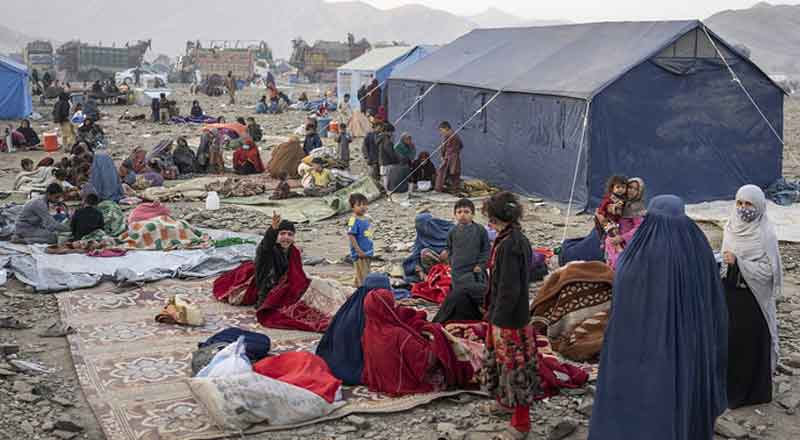According to the latest estimates by World health Organization, the world is estimated to have 285b million visually impaired people. This group keeps growing all the time due to the ageing population. This is a significant number. Those with visual impairments often have a hard time with reading the information and instructions on the packets because they are often printed in a small type.
Without access to the information on consumer products, cosmetics, medical packets and travel tickets, blind people will have no safety, independence or freedom of choice. They too have the right to full participation in society.
Medial packaging causes significant problems for visually impaired people. This is because of their inability to read the label, understand the information or open the package without damaging the contents. Misreading the dosage quantity has the potential to cause serious consequences. People with visually impairment also face problems with shopping independently.
So there is an urgent need for companies and businesses to incorporate braille labels and produce information in the medical packaging as well as the packaging of consumer products. It is in essential fitness of things to design labelling so that legibility can be maximized. The organizations should try to make information on food labels accessible to the visually impaired people.
Braille, the embossed language for the blind and visually impaired, finds its use in medical packaging, consumer paper labels, cosmetics and travel tickets. Different governments in the world have made the use of Braille on medial packaging mandatory to better satisfy the requirements of the visually impaired in their countries. It is an absolute must to make information on prescription drug container labels accessible to the blind people or visually-impaired.
Today more than 150 million people around the world use Braille for a multitude of reasons. The quality of the Braille on medicine packaging should be good. Having Braille labelling on medicine packaging is useful. The label Braille helps the visually impaired identify the medicine without sighted assistance. Braille should not be too low to read.
One of the challenges with Braille for labelling is that it takes up a lot space and therefore only some information can be given.
Apart from the pharmaceutical industry, Braille has been finding its adoption in food packaging, travel tickets and cosmetics. Braille is used by the pharmaceutical companies to communicate the name of medicinal products, their proper strength, and whether the product is right for children, babies and adults.
The usage of Braille on packaging has evolved significantly in recent years. There are various ways to add Braille to packaging. These include embossing the card packaging and depositing dots.
Businesses and companies are gearing towards addressing the specific packaging and labeling issues of the visually impaired. They will be required re-develop labelling and packaging, and ensure Braille accuracy and consistency. It should be incumbent on the manufacturers to make label information accessible to the blinds in one way or another. By using braille in packaging we can ensure the independence of the visually impaired. The use of braille in packaging will continue to increase in future




